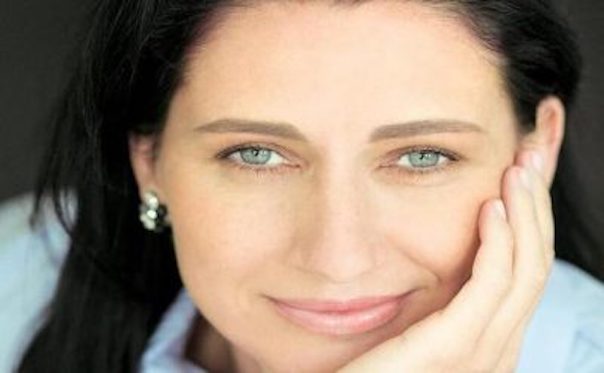

Borodin’s popular Polovtsian Dances form an exotic scene in his opera Prince Igor. Rimsky-Korsakov and Glazunov completed a brilliantly orchestrated version in 1890 which has ensured the work’s constant place in the repertoire. The colourful sequence of dances is for a Tartar tribe, driven out to live in isolation in the countryside. Wagner’s five songs for female voice, known as the Wesendonck Lieder, were written concurrently with Tristan und Isolde, and similarities can be heard. This work and the Siegried Idyll are the only regulary performed non-operatic works by Wagner. With poems by Mathilde Wesendonck, the wife of one of Wagner’s patrons, the music hints at a mutual infatuation between poet and composer. The passion of the song cycle is abundant throughout. Brahms’ Piano Quartet in G minor is typically rich and fulsome in texture (especially the piano part) in its original 1861 chamber version. Schoenberg made this expansive orchestration over seven decades later in 1937 at the request of conductor Otto Klemperer. The absence of the original piano is more than compensated for by the modern composer’s extravagant use of the symphony orchestra.
A27
Borodin’s popular Polovtsian Dances form an exotic scene in his opera Prince Igor. Rimsky-Korsakov and Glazunov completed a brilliantly orchestrated version in 1890 which has ensured the work’s constant place in the repertoire. The colourful sequence of dances is for a Tartar tribe, driven out to live in isolation in the countryside. Wagner’s five songs for female voice, known as the Wesendonck Lieder, were written concurrently with Tristan und Isolde, and similarities can be heard. This work and the Siegried Idyll are the only regulary performed non-operatic works by Wagner. With poems by Mathilde Wesendonck, the wife of one of Wagner’s patrons, the music hints at a mutual infatuation between poet and composer. The passion of the song cycle is abundant throughout. Brahms’ Piano Quartet in G minor is typically rich and fulsome in texture (especially the piano part) in its original 1861 chamber version. Schoenberg made this expansive orchestration over seven decades later in 1937 at the request of conductor Otto Klemperer. The absence of the original piano is more than compensated for by the modern composer’s extravagant use of the symphony orchestra.
วันที่
02 กันยายน 2565
เวลา
19:30
สถานที่
Thailand Cultural Centre, Main Hall
Orchestra
RBSO
Conductor
Myron Michailidis
Soloist
Marlene Lichtenberg, Mezzo soprano
Programme
Alexander Borodin:
Polovtsian Dances
Richard Wagner:
Wesendonck Lieder
Johannes Brahms/Arnold Schoenberg:
Piano Quartet in G minor, Op. 1
Back to Top
Back to Top


